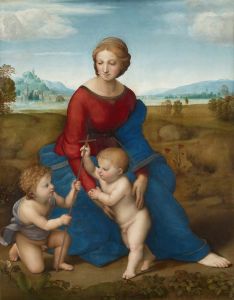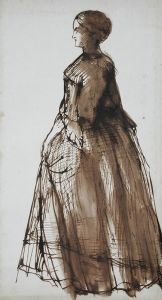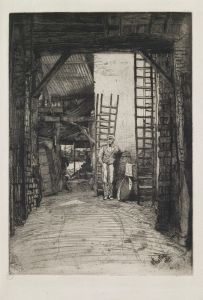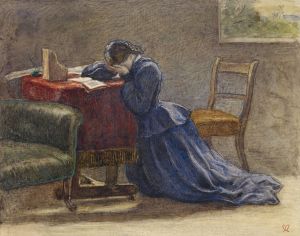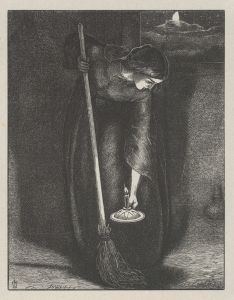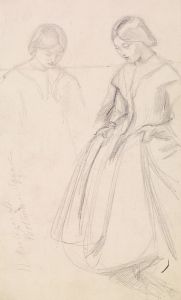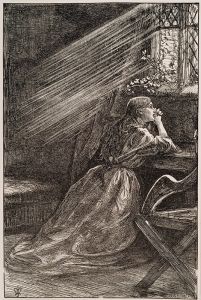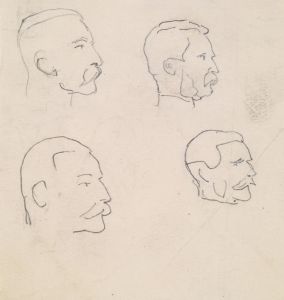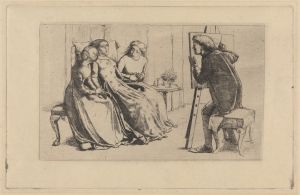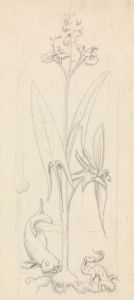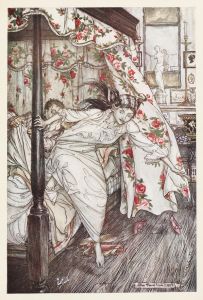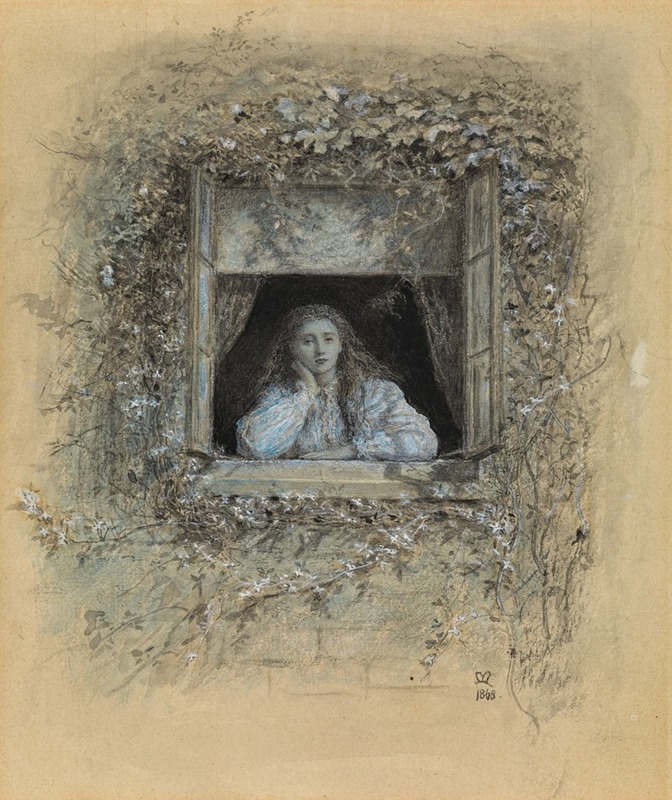
Reverie
A hand-painted replica of Sir John Everett Millais’s masterpiece Reverie, meticulously crafted by professional artists to capture the true essence of the original. Each piece is created with museum-quality canvas and rare mineral pigments, carefully painted by experienced artists with delicate brushstrokes and rich, layered colors to perfectly recreate the texture of the original artwork. Unlike machine-printed reproductions, this hand-painted version brings the painting to life, infused with the artist’s emotions and skill in every stroke. Whether for personal collection or home decoration, it instantly elevates the artistic atmosphere of any space.
"Reverie" is a painting by Sir John Everett Millais, a prominent English painter and one of the founding members of the Pre-Raphaelite Brotherhood. The painting was completed in 1885, during the later period of Millais' career when his style had evolved from the meticulous detail and vibrant colors characteristic of his earlier Pre-Raphaelite works to a more subdued and realistic approach.
The subject of "Reverie" is a young woman lost in thought, embodying the title's suggestion of daydreaming or contemplation. She is depicted seated, with her head resting on her hand, gazing off into the distance. The background is simple and unobtrusive, ensuring that the viewer's focus remains on the figure and her introspective expression. The woman's attire is elegant yet understated, reflecting the fashion of the late 19th century.
Millais' technique in "Reverie" demonstrates his mastery of portraiture and his ability to convey complex emotional states through subtle facial expressions and body language. The painting's color palette is relatively muted, with soft tones that enhance the contemplative mood of the piece. This shift towards a more naturalistic style was influenced by Millais' desire to capture the true essence of his subjects, moving away from the idealized and often symbolic representations of his earlier works.
"Reverie" was well-received by contemporary audiences and critics, who praised Millais for his ability to evoke a sense of quiet introspection and emotional depth. The painting is considered a fine example of his later work, showcasing his continued evolution as an artist and his commitment to exploring the human condition through his art.
Sir John Everett Millais (1829-1896) was a child prodigy, entering the Royal Academy Schools at the age of 11. He co-founded the Pre-Raphaelite Brotherhood in 1848 along with Dante Gabriel Rossetti and William Holman Hunt. The group's aim was to return to the detail, intense colors, and complex compositions of Quattrocento Italian art, rejecting the academic standards of their time. Millais' early works, such as "Ophelia" (1851-1852), are characterized by their meticulous attention to detail and vibrant use of color.
As Millais' career progressed, he gradually moved away from the Pre-Raphaelite style, adopting a more realistic and less detailed approach. This transition is evident in works like "Reverie," where the focus is on capturing the psychological state of the subject rather than on elaborate symbolism or intricate backgrounds.
"Reverie" remains an important work in Millais' oeuvre, reflecting his artistic development and his enduring interest in the portrayal of human emotion. The painting is housed in a private collection, and its exact location is not publicly disclosed. Millais' legacy as one of the leading figures of the Pre-Raphaelite Brotherhood and a significant contributor to 19th-century British art continues to be celebrated and studied by art historians and enthusiasts alike.





